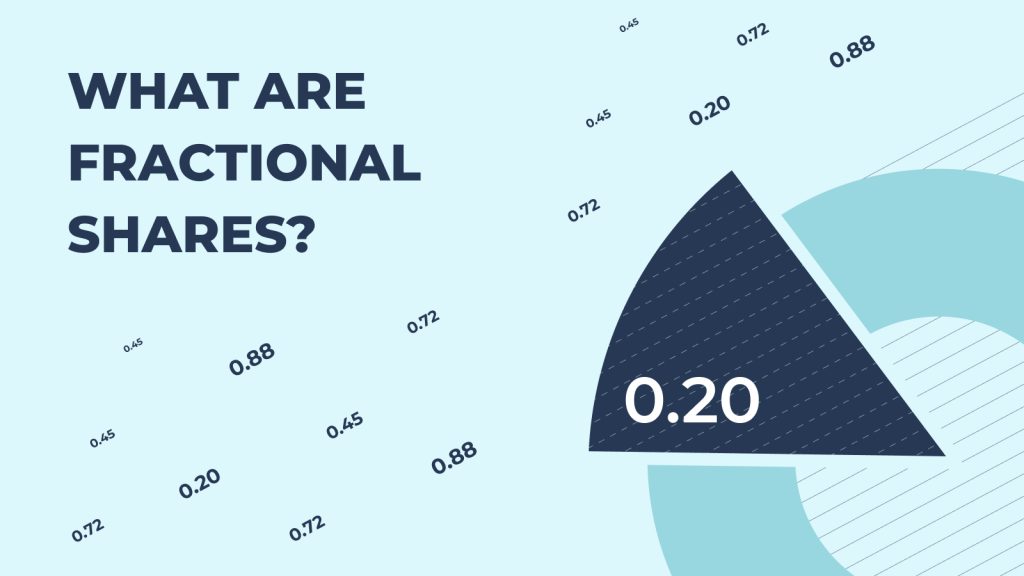When building wealth, many overlook the importance of tracking every dollar they earn and spend. This fundamental practice is the foundation for all other financial strategies. Understanding where your money goes each month can seem tedious, but it’s the key to making informed decisions that can significantly impact your financial future. You can identify areas to cut costs, boost savings, and make smarter investment choices by gaining a clear picture of your cash flow. This article will guide you through the steps to effectively track your spending and harness the wealth-building power of this often underappreciated habit.
Start with Awareness
Effective tracking starts with awareness. Knowing how much money is coming in and where it goes out is the first step to financial empowerment. Many individuals spend without thinking, swiping their cards, or making online purchases without a second thought. While seemingly harmless, this habit can lead to overspending and financial instability. You gain insight into your spending patterns by tracking every expense, no matter how small. This powerful knowledge allows you to adjust your behavior, prioritize your needs, and make conscious choices about where your money should go.
To begin tracking your spending, gather all your financial information in one place. This includes bank statements, credit card bills, receipts, and any other records of transactions. The goal is to create a comprehensive picture of your financial activity over a month, typically a month. Once you have all your data, categorize your expenses into various groups such as housing, food, transportation, entertainment, and miscellaneous. This process helps you see exactly where your money is going and identify areas where you may overspend.
Analyze Your Spending
Once you have categorized your expenses, it’s time to analyze them. Look for trends and patterns. Are there areas where you consistently spend more than you need to? Are there any surprises—expenses you didn’t realize were taking up such a large portion of your income? This analysis phase is crucial because it reveals the reality of your financial situation. Many spend far more on things like dining out, entertainment, or impulse purchases than initially thought. With this knowledge, you can make targeted changes to your spending habits.
Setting a budget is essential after identifying areas where you can cut costs. A budget is not a restriction; it’s a plan ensuring your money is being used effectively. When creating a budget, be realistic about your needs and wants. Set aside money for essentials like rent, utilities, groceries, and transportation. Then, allocate funds for savings and investments. Finally, designate a reasonable amount for discretionary spending. Remember, the goal is not to deprive yourself but to create a sustainable plan that supports your financial goals.
Use the Right Tools to Simplify Tracking
To make tracking and managing your money easier, consider using tools that can automate and simplify the task. Several options are available, ranging from traditional methods to digital solutions. A notebook or spreadsheet can be a simple and effective way to record your expenses manually, but for those who prefer more automation, numerous apps and software are available. Tools like budgeting apps can link to your bank account and automatically categorize transactions, providing a real-time view of your spending. Many apps also offer features like expense tracking, bill reminders, and financial goal setting.
Checking accounts also play a crucial role in tracking and managing your finances. They serve as the central hub for your money, where your income is deposited and from which your expenses are paid. Using an easy-to-use checking account can simplify monitoring your cash flow. These accounts often come with online banking features, mobile apps, and automatic alerts that help you stay on top of your finances. Regularly reviewing your account statements can quickly identify any unauthorized transactions or errors and ensure your spending aligns with your budget.
Another effective tool for tracking expenses is a financial journal. Keeping a daily log of your spending can increase your awareness of your habits and encourage more mindful decisions. This method requires discipline, but it can be incredibly effective for those who want to take a hands-on approach to finances. You can also consider using financial planning software, which offers more advanced features such as cash flow analysis, net worth tracking, and retirement planning. These tools can provide a comprehensive view of your financial health and help you make more strategic decisions.
Review and Adjust Regularly
Once you have established a system for tracking your spending, you must review your progress regularly. Depending on your preference, this could be a weekly, bi-weekly, or monthly review. The goal is to ensure you are sticking to your budget and progressing toward your financial goals. During these reviews, take the time to assess what is working and what isn’t. If specific categories are consistently over budget, consider adjusting your spending or finding ways to reduce costs. Flexibility and adaptability are key to successful financial management.
Reviewing your spending isn’t just about catching mistakes or tightening the belt; it’s also an opportunity to celebrate your financial wins and reflect on your progress. Maybe you successfully cut back on dining out or finally paid off a lingering debt—recognize these achievements, however small. This positive reinforcement can keep you motivated and focused on your larger goals. It’s equally important to be honest with yourself during these reviews. Use this as a learning opportunity if you’ve fallen short in some areas. Consider why it happened and how you can adjust your strategy moving forward. Remember, personal finance is a journey, not a destination, and every step—whether forward or back—provides valuable insight.
Leverage Savings for Investment
Building wealth is not just about saving money; it’s about making your money work for you. As you become more adept at tracking your spending and managing your finances, you can explore investment opportunities aligning with your financial goals. This could include investing in stocks, bonds, mutual funds, or real estate. The money you save by cutting unnecessary expenses can be redirected into these investments, allowing you to build wealth over time. Remember, the earlier you start investing, the more time your money has to grow.
Investing might initially seem intimidating, especially if you’re new to the process, but it doesn’t have to be. Start small and gradually build your confidence. Even modest investments can grow significantly over time, thanks to the power of compound interest. Consider starting with low-cost index funds or ETFs, which provide diversification and reduce risk. As your knowledge and comfort level increase, you can explore more options that match your risk tolerance and financial objectives. The key is to get started and stay consistent. Don’t let fear or uncertainty hold you back—every dollar invested today is a step closer to financial independence and long-term security.
Tracking every dollar is a simple yet powerful strategy for building wealth. It provides a clear picture of your financial situation, helps you identify areas for improvement, and enables you to make informed decisions. By implementing this practice and utilizing the right tools, you can take control of your finances and set yourself on a path to financial success. Remember, the journey to wealth-building starts with understanding where your money goes. Once you have that knowledge, the possibilities are endless.


















